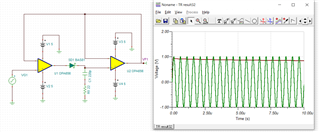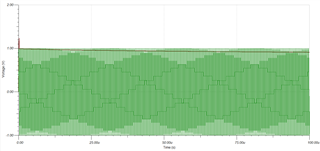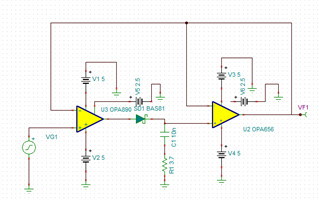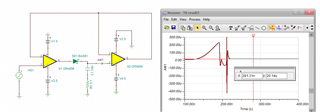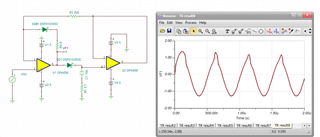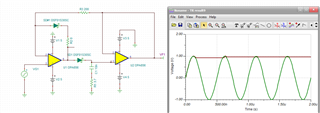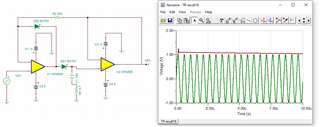Other Parts Discussed in Thread: OPA356, , OPA357
Hi,
I am trying to build Peak Detector for 1V 2MHz signal using OPA656. I want to use +-5V supply instead of +-2.5V. Same circuit works with OPA356 but not with OPA656.

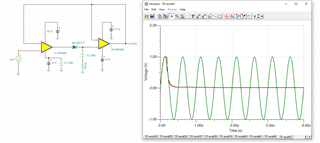
Why does OPA656 behave differently than OPA356?
Thank you.
Regards,
Vishal



